Embarking on a journey through history often involves unraveling tales of significant events that have shaped our understanding of the past. However, not all historical narratives are as steadfast as they may seem. In this exploration, we delve into the intriguing realm of historical myths and misconceptions, shedding light on nine events that, despite being widely accepted as truth, never actually took place. From iconic figures to pivotal moments, these historical events challenge our perceptions and invite us to reconsider the accuracy of the stories we’ve come to know. Join us on a thought-provoking quest to unveil the truth behind these seemingly concrete chapters of our shared history.
The List of 9 Historical Events That Never Actually Took Place
9. Vincent Van Gogh
Did not completely sever his own ear
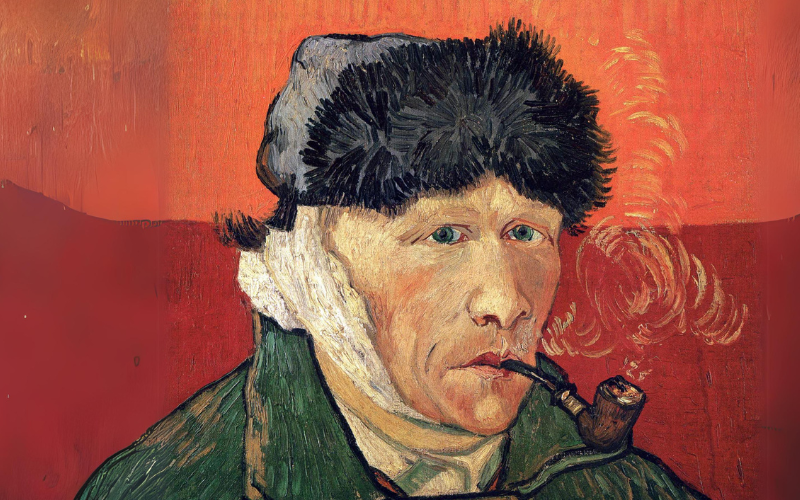
At least, not entirely. The renowned artist only amputated the lower part of his left ear, and the motive behind this act remains uncertain. Amidst severe depression during that period, some historians suggest that a disagreement with his artist rival, Paul Gauguin, could have provoked the incident. Others propose that it might have been an outburst of anger triggered by the news of his engaged brother, a crucial source of financial and emotional support. What remains certain is that it wasn’t the entirety of his ear that Van Gogh removed. The misinterpretation of historical figures, such as Van Gogh, underscores the common misconception we may have about their lives and actions.
8. Marie Antoinette
Never uttered “Let them eat cake”
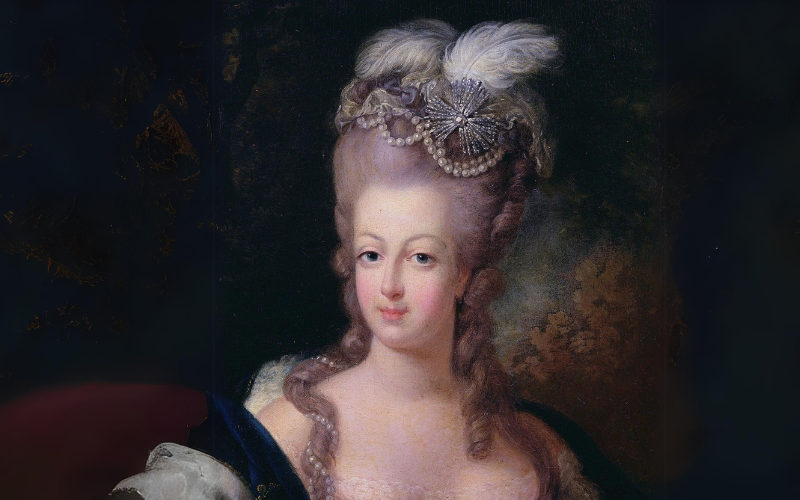
Contrary to popular belief, the ill-fated French queen did not make the condescending statement attributed to her regarding her impoverished subjects. Instances of entitled royals suggesting that the less fortunate indulge in unaffordable delicacies predate Antoinette’s reign. One such anecdote involves a German noblewoman recommending her subjects consume a sweet bread named Krosem—in the 16th century, predating Antoinette’s 18th-century birth. The quote itself, “Qu’ils mangent de la brioche” in French, first appeared in a 1767 autobiographical account by philosopher Jean-Jacques Rousseau, who attributes it simply to “a great princess.” Considering that Marie Antoinette was a young girl at the time, it is highly unlikely she uttered those words.
7. Ben Franklin
Did not invent electricity
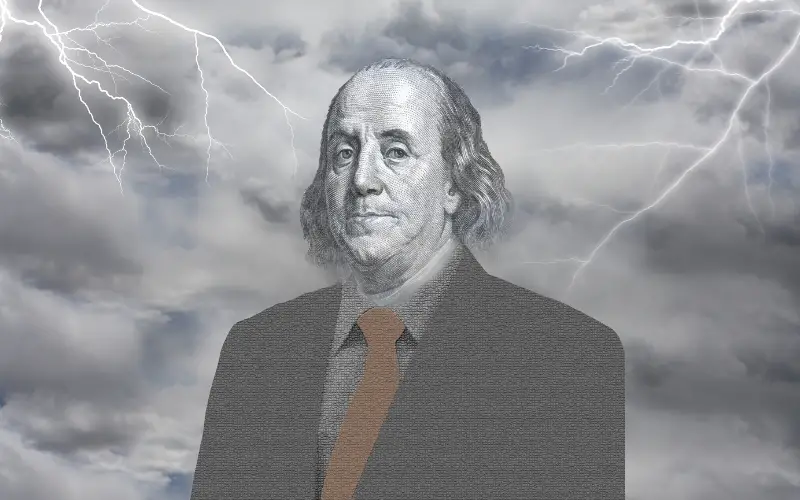
Contrary to popular belief, Ben Franklin’s renowned experiment involving a key tied to a kite was not the groundbreaking scientific endeavor often perceived. Franklin did not “discover” electricity; by 1752, the year of his experiment, scientists were already well aware of its existence. Franklin’s objective was to ascertain whether lightning constituted a form of electricity, and he was the first to propose this hypothesis. Adding complexity, it remains uncertain whether Franklin himself executed the famous kite experiment. In 1752, he documented its success in the Pennsylvania Gazette, explaining how it functioned, yet never explicitly claiming personal involvement. It wasn’t until 15 years later that scientist Joseph Priestly attributed the experiment to Franklin. History enthusiasts can test their knowledge with these commonly misconceived historical questions.
6. In Salem
Alleged witches were not burned at the stake
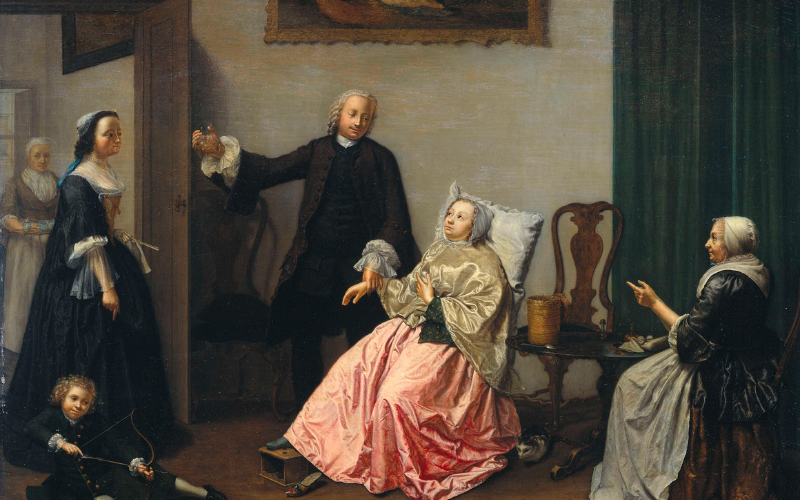
Contrary to the common association between “Salem witch trials” and “witch burnings,” not a single accused witch in 17th-century Salem met a fiery end. Of the 20 individuals executed for alleged witchcraft in the colonial Massachusetts town, all but one were subjected to hanging, and the twentieth victim faced death by being crushed with heavy rocks. While a few others accused of sorcery perished in prison while awaiting trial, there were no burnings—at least not in Salem. The widespread misconception that witches were burned likely originates from the witch hysteria prevalent in Europe during the 15th to 18th centuries. During this period, anti-witch hysteria raged across western Europe and Scandinavia, leading to the burning of many accused witches at the stake. Sometimes, the truth proves even more peculiar than fiction. Explore some unsettling historical facts you might wish weren’t true.
5. Isaac Newton
Did not experience an apple falling on his head

The widely circulated tale of the renowned mathematician having a gravity-related epiphany following a piece of fruit hitting him on the head is likely an embellishment of the actual events. The first appearance of the apple story dates back to a 1792 biography of Newton written by his friend William Stukeley. According to the account, “the notion of gravitation came into his mind… occasion’d by the fall of an apple, as he sat in a contemplative mood.” While historians suggest that Newton might have observed an apple fall and subsequently pondered the reasons behind it, there is no record indicating that it struck him on the head. The apple anecdote joins the ranks of historical embellishments that have shaped our understanding of the past.
4. Martin Luther
Did not affix his 95 theses to a church door

The pivotal figure Martin Luther and his list of grievances against the Catholic Church, encapsulated in the 95 Theses, are ingrained in history as instrumental in sparking the Protestant Reformation. While the authenticity of the 95 Theses and their profound impact on perceptions of the Catholic Church remains undeniable, the narrative surrounding their dissemination differs from conventional teachings. There exists no historical evidence supporting the claim that Luther physically affixed the theses to the church door; this particular account only surfaced three decades after the purported event in 1517. What is well-established, however, is Luther’s courteous act of mailing the 95 Theses to the archbishop, reflecting his original intention not to incite a revolutionary movement within the church. Contrary to the historical portrayal of a defiant act, if he did indeed post the theses on the church door, it was a customary practice, given that it served as the location for the church notice board. Surprised? Discover even more astonishing historical connections that may challenge your perceptions of the past.
3. Christopher Columbus
Ships did not bear the names the Niña, the Pinta, and the Santa Maria
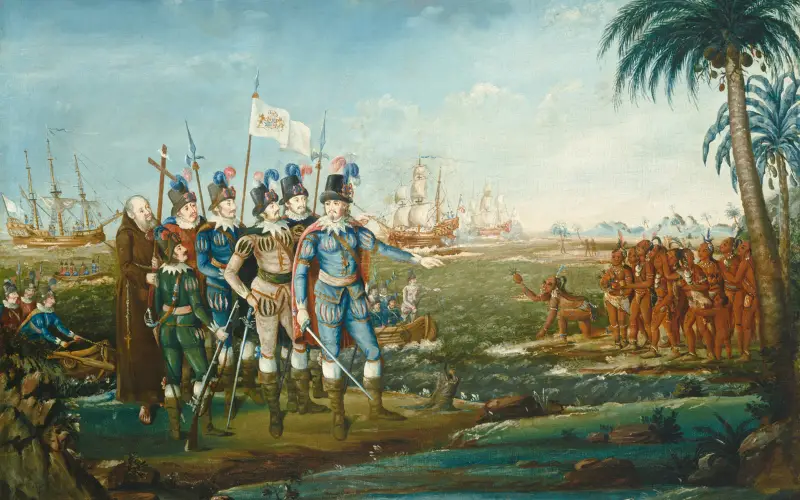
When it comes to Christopher Columbus, the historical accuracy found in textbooks is limited to the fact that he sailed in 1492. Firstly, the notion of him “discovering” America is flawed, as the continent had been inhabited for thousands of years before his arrival. Additionally, Columbus wasn’t the inaugural European explorer to reach North America; a Viking crew had navigated to Canada around 1000 AD. Even the widely accepted names of his three ships lack historical precision. In the 15th century, ships were typically named after saints, so while the Santa Maria’s name likely holds true, the Niña and the Pinta might have been informal sailor monikers for vessels with more religious names. According to history.com, the Niña’s probable actual name was “the Santa Clara,” while the Pinta’s real name remains unknown. Explore more misconceptions about history and science that have been widely accepted but are, in fact, untrue.
2. Black Plague
Rats may not have been responsible for spreading it
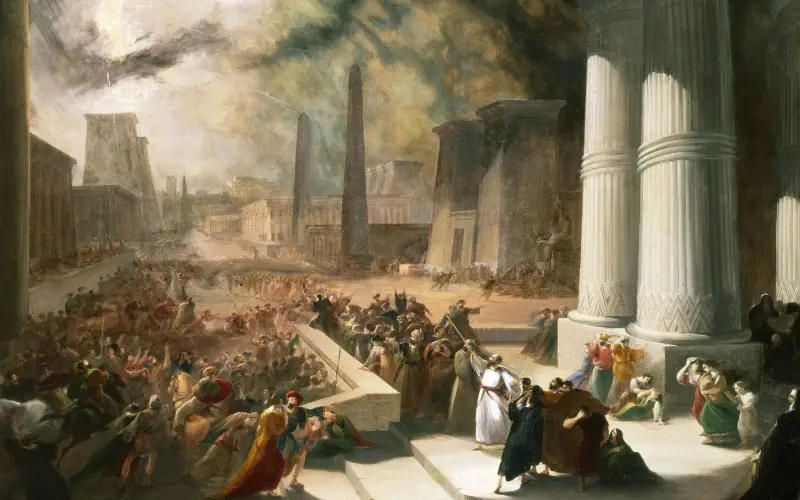
Recent research has challenged the long-held belief that rats were the primary carriers of the devastating plague that ravaged one-third of 14th-century Europe. Instead of pointing fingers at rodents, a study conducted by scientists at the University of Oslo sought to unravel the true culprit behind the pandemic. Their experiment assessed various transmission routes for the deadly disease and revealed that the parasites carrying the plague were more likely to have originated from humans rather than rats. The model depicting the spread of the disease by human fleas and lice closely aligned with the death rates observed during the actual Black Death, in stark contrast to the model involving parasite-carrying rats. Apologies to the little rodents for unfairly shouldering the blame over the years. Consider this revelation as another addition to the list of challenging misconceptions in U.S. war history that often elude correct answers.
1. Rome Burned
Nero Didn’t Play the Fiddle

Although this first-century Roman emperor is not without fault in the narrative of Rome’s fiery decline, the notion of him playing the fiddle during it is entirely unfounded. To begin with, Nero wasn’t even present in the city when the fire ignited; he was in Antium, approximately thirty miles outside Rome. Moreover, the concept of a fiddle did not exist in ancient Rome. While Nero was indeed a musician, favoring the harp-like instrument known as the cithara, he certainly wasn’t playing an instrument that would not surface until the 11th century. While a Roman historian suggested that he might have been singing about the legendary fall of Troy upon learning of the city’s burning, there are no firsthand accounts to substantiate this claim. Explore more history facts that may challenge the information you were taught in school.
Conclusion
As we conclude this journey through historical narratives, it becomes apparent that the tapestry of our shared past is woven with threads of myth and misconception. The exploration of nine historical events that never actually transpired serves as a reminder of the complexities inherent in unraveling the truth from the fabric of time. Whether it’s legendary figures, pivotal moments, or widely accepted tales, the malleability of history challenges us to question and reevaluate what we think we know. In the quest for historical accuracy, these revelations prompt us to approach the annals of the past with a discerning eye, recognizing that the stories we inherit may be layered with inaccuracies, revealing that the line between fact and fiction is often more blurred than we might imagine.
Recent Posts
Science Trivia - Astronomy ...
Step into a realm of nostalgia as we embark on a journey through the annals of pop culture and bid farewell to 35 recently obsolete technologies. In the ever-evolving landscape of innovation, certain...
